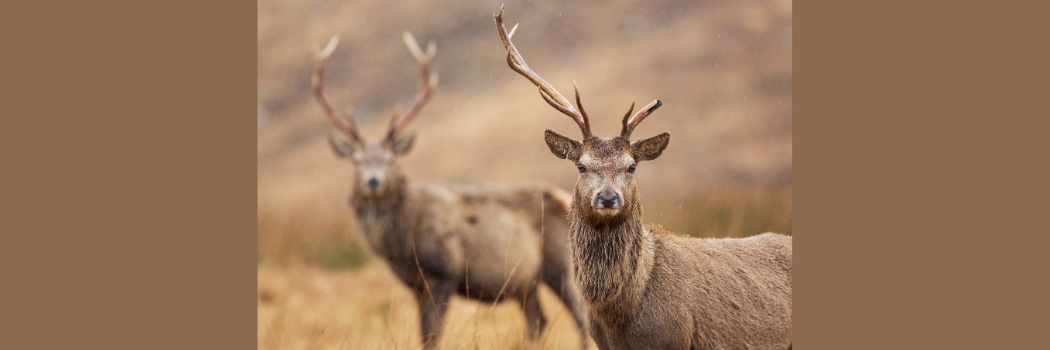
Researchers are tracking the movement of red deer in the Highlands of Scotland using GPS collars as part of a new project.
The project will provide information on how the deer move around the area, where they prefer to be and how they use the landscape. The team will also analyse how the deer respond to human activities such as fencing off land, culling and commercial stalking.
Deer management
It will help land managers decide on how best to manage deer health, numbers and habitats. The scientific evidence will feed into decisions by different landowners about how to manage deer densities and restore native woodlands and peatlands.
Red deer are a vital part of the Scottish Highlands, but increased numbers are a major barrier to the large-scale natural regeneration of native woodlands. Deer management is therefore a much-debated topic in Scotland with a need for scientific data to inform decisions on how to manage it going forward.
Role of red deer
The study is a partnership between charity Affric Highlands and Durham University, supported by the Association of Deer Management Groups. They are working closely with landowners and deer managers, including deer stalkers from sporting estates. In total, GPS collars will be fitted to 22 stags in the area from Glen Affric to the west coast.
The red deer (Cervus elaphus) is Scotland's largest surviving land mammal, which plays a crucial role in natural processes. They shape the landscape by grazing grasses, browsing tree shoots and shrubs, and trampling and wallowing.
Including roe deer and non-native sika deer, it is estimated there are around one million wild deer in Scotland, up from around 500,000 in 1990. Deer populations can range in densities, sometimes exceeding 40 deer per square km.






